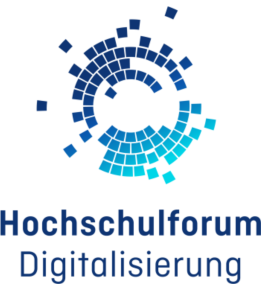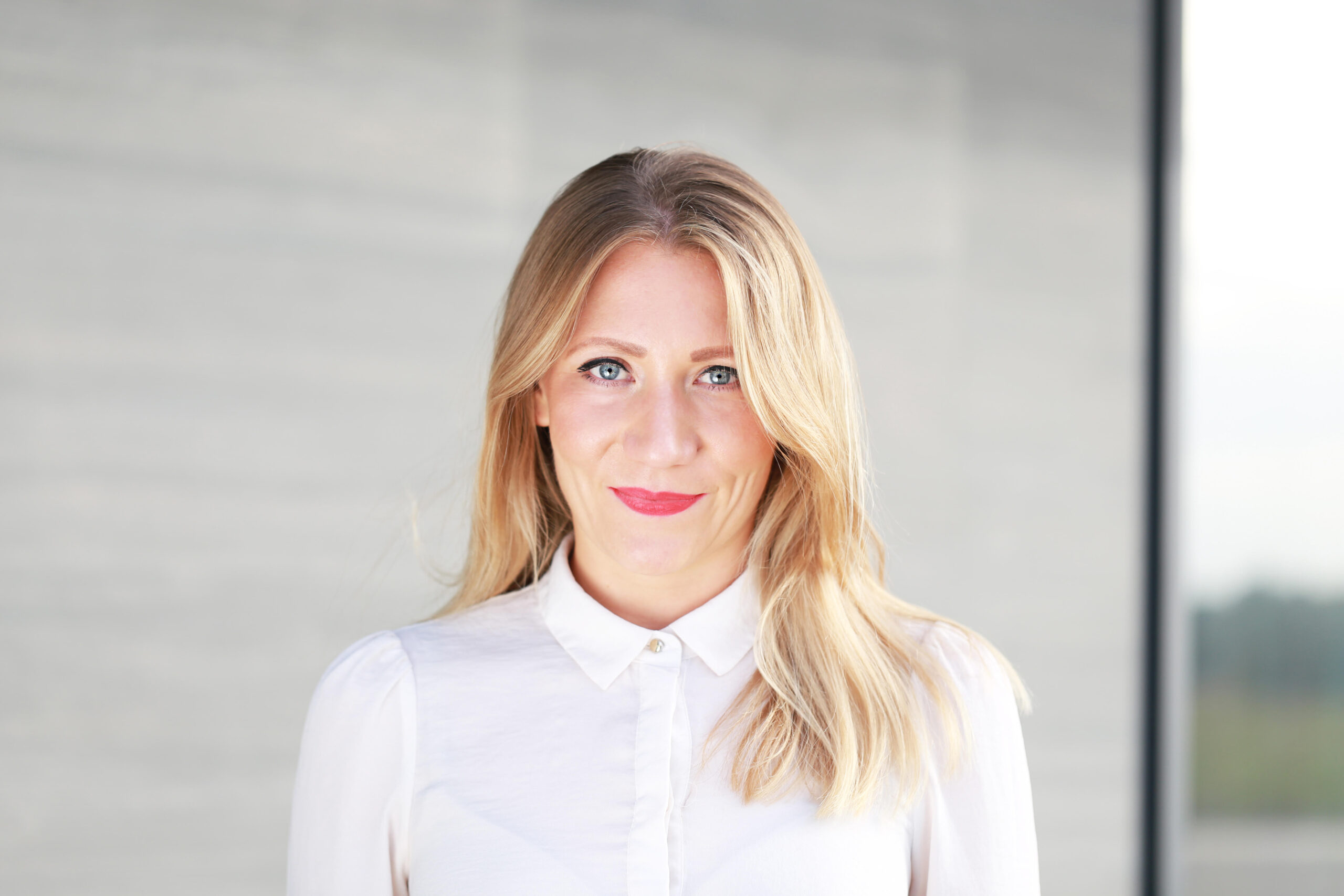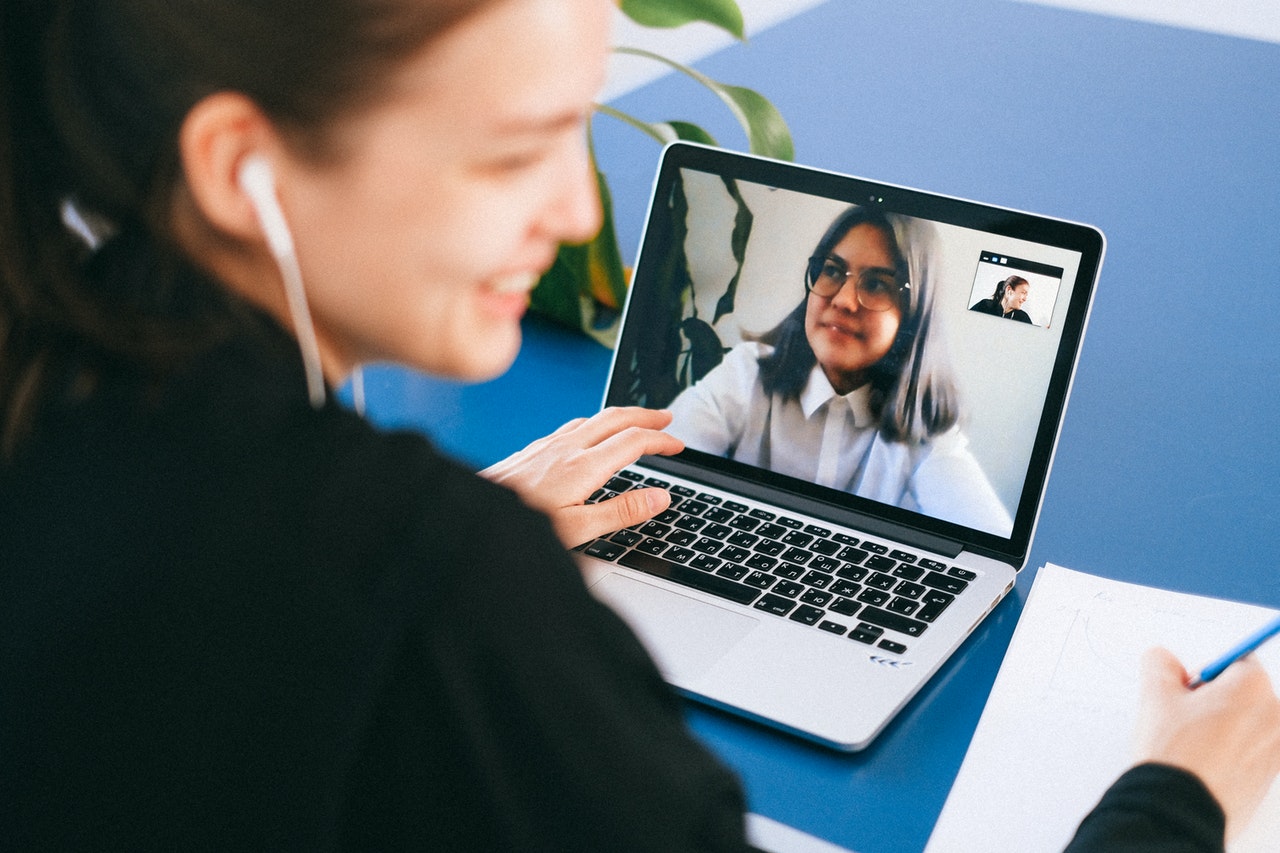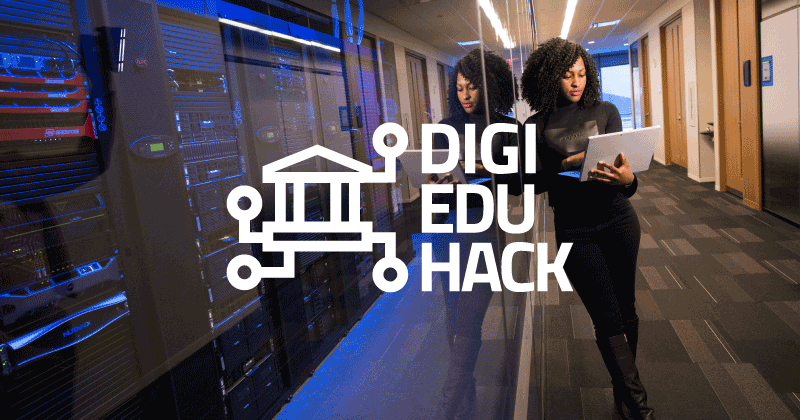Digital Internationalization: Erasmus+ Virtual Exchange
Digital Internationalization: Erasmus+ Virtual Exchange
02.11.20
Erasmus+ Virtual Exchange is a pilot project of the European Commission within the Erasmus+ program. Since its launch at the beginning of 2018, Virtual Exchange enables young people aged 18-30 years from Europe and the Southern Mediterranean to participate in an international exchange „from home“. This year the three-year term of the program will end. Not least because of the current relevance of virtual learning, the time is right to focus on the project once again. Phillipp Möcklinghoff has been involved in Erasmus+ Virtual Exchange from the very beginning, among other things as „Dialogue Facilitator“. In this blog post he gives an insight into the project and his personal experiences of the past three years.
This article has been automatically translated using DeepL Translate. Please excuse any mistakes.
It is not easy to describe the project „Erasmus+ Virtual Exchange“ to outsiders without confusing them. This is due to the actual core term itself – „Virtual Exchange“. At first glance, this word pairing is quite self-explanatory, one might think: It is about exchange – and it takes place „virtually“, i.e. online. But that’s all there is to it in terms of the „unambiguity“ of this comparably young term. Currently, numerous players worldwide are pursuing different approaches to technology-supported communication, which they refer to as Virtual Exchange. This can range from classic learning partnerships from the world of language learning to extensive further education or leisure activities, which have made a particular push into digital space this year due to the global corona pandemic.
For this article, however, Virtual Exchange is presented according to the understanding that the supporting consortium of different organizations has been implementing the project on behalf of the European Commission for almost three years now. It consists of a total of eight non-governmental organizations, which are responsible for different roles in the project. For the sake of clarity, however, I would like to mention by name above all those who actually offer Virtual Exchange under different premises: First and foremost Soliya, who have been active in this field for 15 years now, followed by the Sharing Perspectives Foundation, UNICollaboration and the Anna Lindh Foundation. I will discuss the differences between the offers of these consortium members in more detail later on, but first of all, back to the initial question.
What does Virtual Exchange mean?
Based on findings in intercultural communication, this approach initially focuses on the environment in which the exchange takes place. In the case of technology-supported communication, this naturally means first of all the availability of appropriate devices (PCs, laptops, tablets, but also smartphones) as well as appropriate support and advice for the participants in preparation for the actual Virtual Exchange session. Since the goal is an inclusive discussion situation in which all those present should be able to participate equally, this preparatory work is essential. The next central aspect of Erasmus+ Virtual Exchange comes into play so that the conversation itself remains as barrier-free as possible: Dialogue Facilitation.
![Dialogue Facilitators act as third parties, helping groups to engage in a constructive, respectful and authentic dialogue and learning process. Image: [https://unsplash.com/photos/E8jI4iSq0tQ Cody Angel] Coffee cup with imprint "conversation"](/sites/default/files/images/blog/Dialogue.jpg)
„Facilitation“ means something like „making sth possible“ – and this is exactly what our facilitators, of whom I am one, do. The role of the moderator in a discussion or debate corresponds to the task of facilitation in dialogue. This means that we make sure that no participant feels inhibited or otherwise intimidated. On the one hand, this means, of course, the use of low-threshold language, since the sessions are usually held in English. On the other hand – and this is the actual focus – Dialogue Facilitators are trained to focus especially on group dynamics, to encourage rather shy participants to participate, to mediate in case of controversy or even conflict, and to ensure clarification at eye level. These conflicts are far from being commonplace, but nevertheless this part of the facilitator training is crucial, as the Erasmus+ Virtual Exchange program is aimed at young Europeans as well as adolescents and young adults from countries bordering the Mediterranean Sea. Based on an intercultural approach, quite a few of the offers are specifically aimed at the exchange between the youth of Europe and the states of North Africa and the Middle East. The fact that controversial topics are discussed with a certain regularity, such as questions about religion or different cultural customs, is a desired effect – which should not polarize but rather promote mutual understanding.
What may seem surprisingly normative, however, has mainly didactic reasons: Due to the appropriation of the discussion situation by the respective groups, the participation of all those present is increased and intercultural competence is practiced. In addition, the discussed contents of the sessions are internalized much more lastingly, as our regular data collection among the participants has shown. Here I would like to refer to the project’s website. Under the heading „Impact“, the point just made can be followed up more clearly, and behind „Stories“ you can find personal experience reports.
My personal Virtual Exchange experience
The main actors in the understanding of Virtual Exchange discussed here are primarily Soliya and the Sharing Perspectives Foundation, which bring together several hundred to thousand students from the project states in their online courses and allow them to exchange views on contemporary issues such as migration policy or international relations. I myself began my path into the project in this way when I was able to participate in such a course – at that time on the topic of the euro crisis – as a student of political science at the University of Osnabrück in 2013. Even though this took place well before the days of the European project, not much has changed in the basic course of events, which is why this course will be presented here in more detail as an example:
For three months I weekly met my group of students from different European and Arabic countries in a specially programmed „Exchange Portal“. There, we discussed topics that had been uploaded for us in advance in the form of recorded lectures and talks each week to suit a specific topic. These pre-defined contents form a thread of the course on the one hand, and on the other hand they offer the possibility for the cooperating universities to provide content themselves. Like in a normal seminar I wrote a paper at the end and received ECTS from my university for participation, which is still used in our academic courses today. This was my first experience with Virtual Exchange – I liked it so much that I immediately trained as a Dialogue Facilitator. In this function I still enjoy leading small groups, even though other tasks have been added in the meantime.
![Virtual Exchange offers the opportunity to develop intercultural competence without even leaving your room. Picture: [https://www.pexels.com/de-de/foto/hande-menschen-frau-laptop-4226262/ Anna Shvetz] Young woman in front of a laptop with a running video call](/sites/default/files/images/blog/Exchange.jpg) In contrast to the large courses, members of higher education institutions and youth organizations can also participate in training courses via UNICollaboration, in which the basics of our approach are taught – so that the participants can then offer Virtual Exchange themselves as part of seminars or youth projects. They will be supported by my colleagues and myself – I have been working in this area since mid-2018 – which ranges from developing the content to providing facilitators. These rather smaller projects – or Transnational Exchange Projects (TEPs), as we call them – usually consist of no more than three or four partner organizations and/or institutions and include much smaller group sizes than the courses already described. Thus they offer a high degree of flexibility in terms of content and can be adapted to the respective thematic or organizational needs. Thus, TEPs are usually less normative, but the advantages of Erasmus+ Virtual Exchange, such as Dialogue Facilitation, benefit a wide variety of topics that might otherwise never have come into contact with the methods of intercultural communication. For example, I was the facilitator for a project of economics lecturers from various European countries who had designed an English-language application training for their students. In another project, history students from Romania and Hungary dealt with the conflicted history of their two countries. In yet another TEP, young people from Italy and Lebanon met and exchanged views on environmental policy initiatives. There are basically no restrictions on the range of topics.
In contrast to the large courses, members of higher education institutions and youth organizations can also participate in training courses via UNICollaboration, in which the basics of our approach are taught – so that the participants can then offer Virtual Exchange themselves as part of seminars or youth projects. They will be supported by my colleagues and myself – I have been working in this area since mid-2018 – which ranges from developing the content to providing facilitators. These rather smaller projects – or Transnational Exchange Projects (TEPs), as we call them – usually consist of no more than three or four partner organizations and/or institutions and include much smaller group sizes than the courses already described. Thus they offer a high degree of flexibility in terms of content and can be adapted to the respective thematic or organizational needs. Thus, TEPs are usually less normative, but the advantages of Erasmus+ Virtual Exchange, such as Dialogue Facilitation, benefit a wide variety of topics that might otherwise never have come into contact with the methods of intercultural communication. For example, I was the facilitator for a project of economics lecturers from various European countries who had designed an English-language application training for their students. In another project, history students from Romania and Hungary dealt with the conflicted history of their two countries. In yet another TEP, young people from Italy and Lebanon met and exchanged views on environmental policy initiatives. There are basically no restrictions on the range of topics.
The end of the projects‘ pilot phase
Unfortunately, Erasmus+ Virtual Exchange will reach the end of its three-year pilot phase at the end of this year. Despite extremely positive feedback – almost 90% of the 27,000 participants in the first two years of the project are full of praise – and a significant increase in demand since the outbreak of the Corona Pandemic, the European Commission decided against an extension. However, the members of the consortium will of course continue to exist. So far, the offers for cooperating partners were free of charge, which will certainly not be able to remain so. But if I have managed to arouse interest with this article, I would like to conclude by encouraging you to get in touch anyway. Because one thing is certain: Virtual Exchange as an innovative approach to internationalization from home will not be stopped in 2021.


 Saskia Weißenbach
Saskia Weißenbach 

